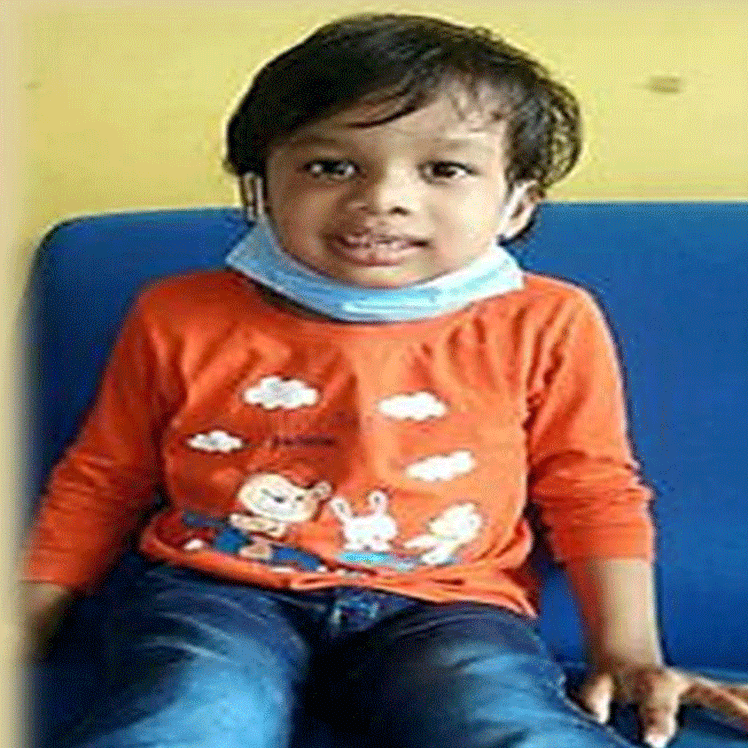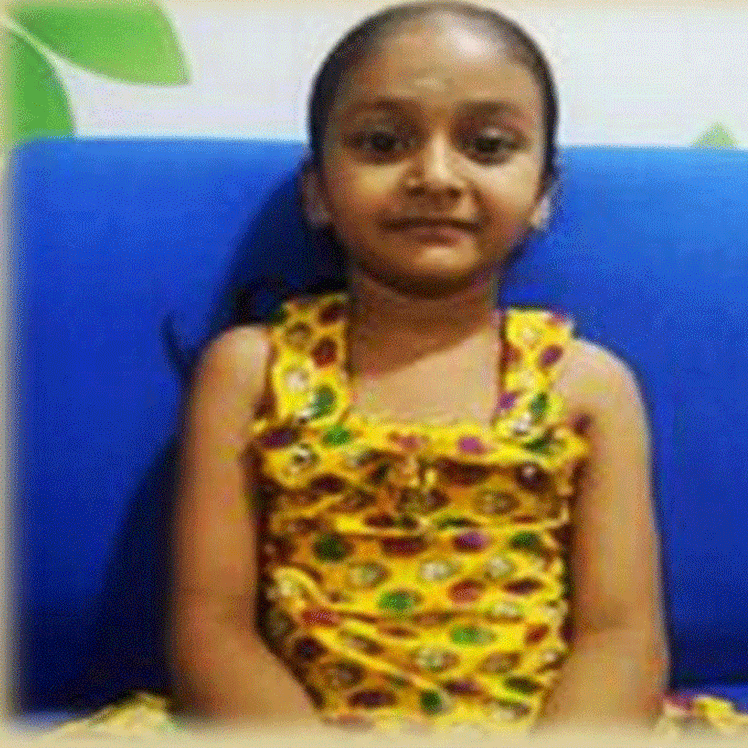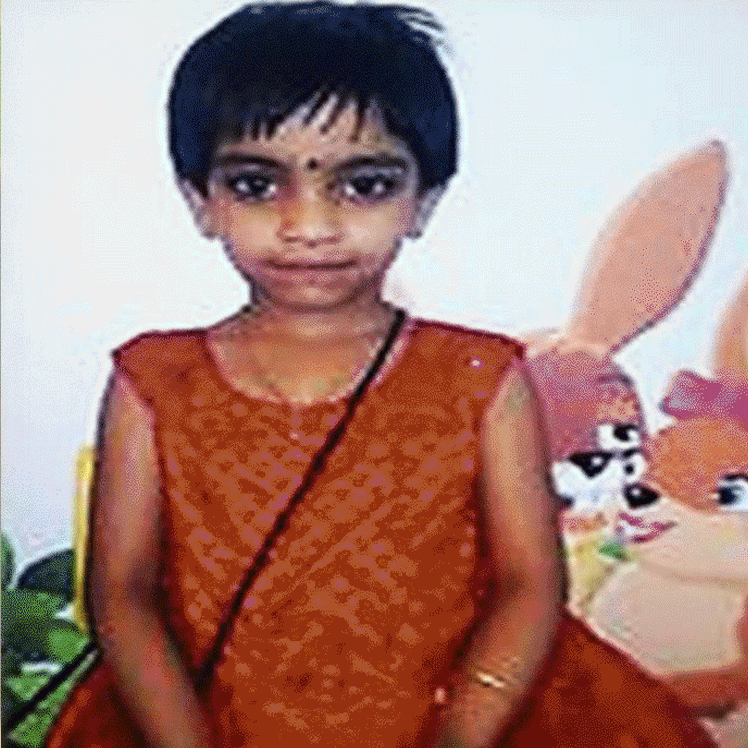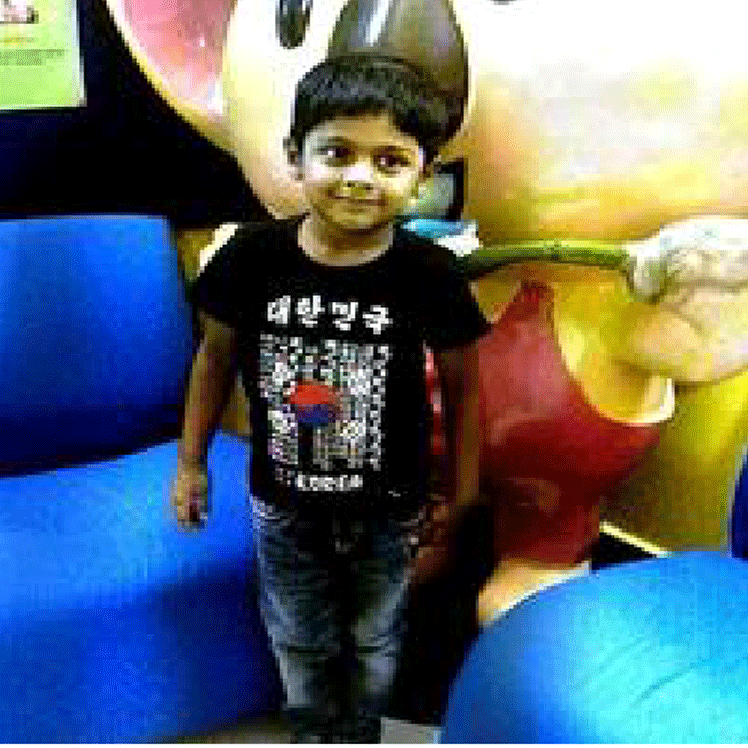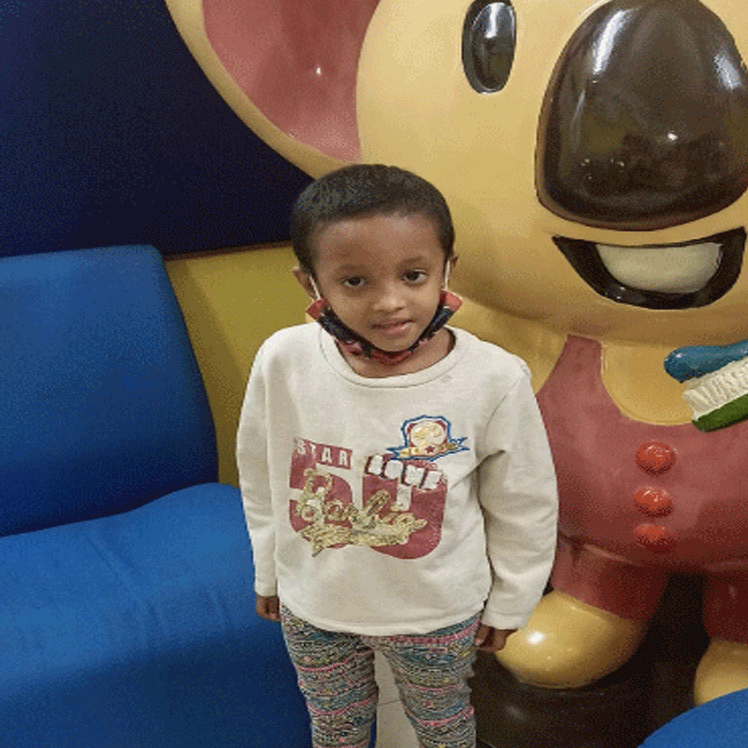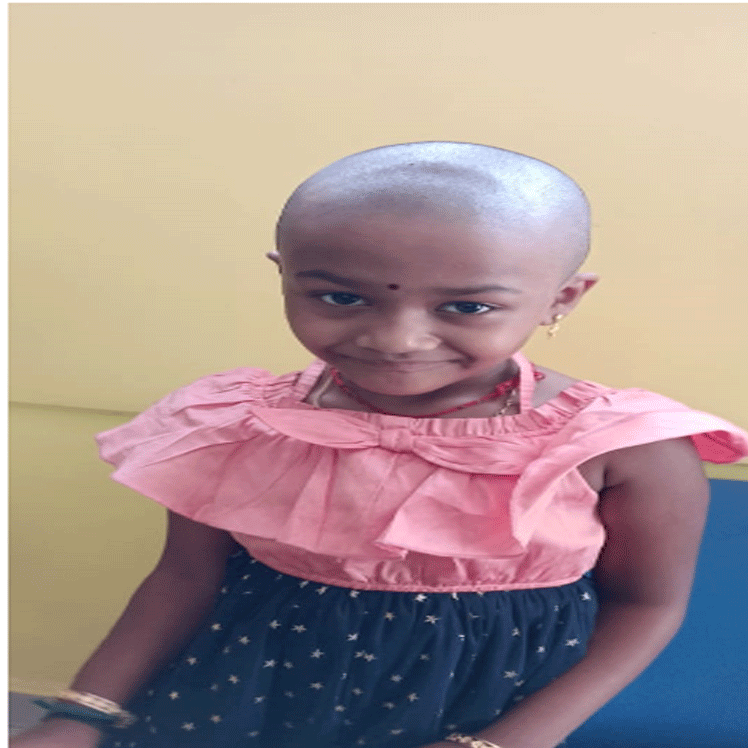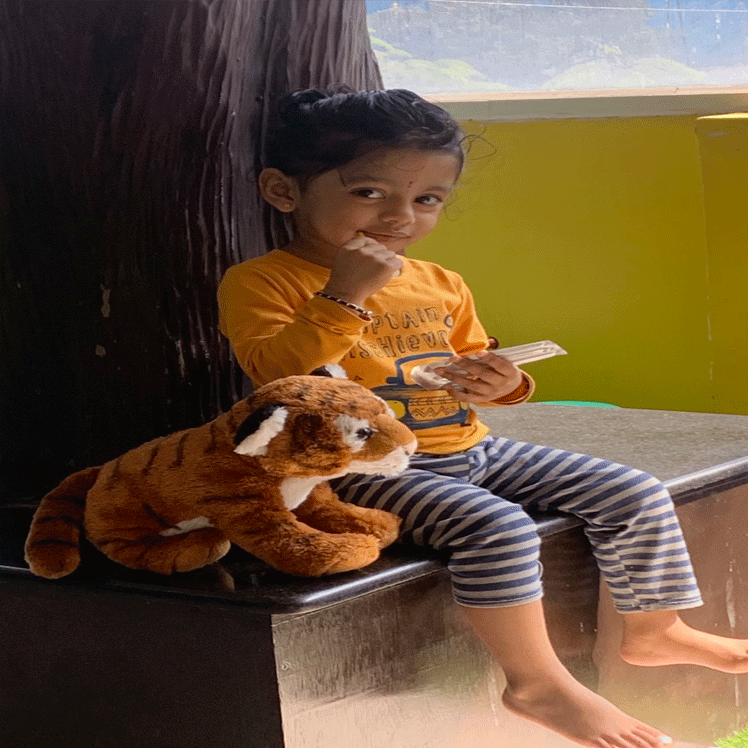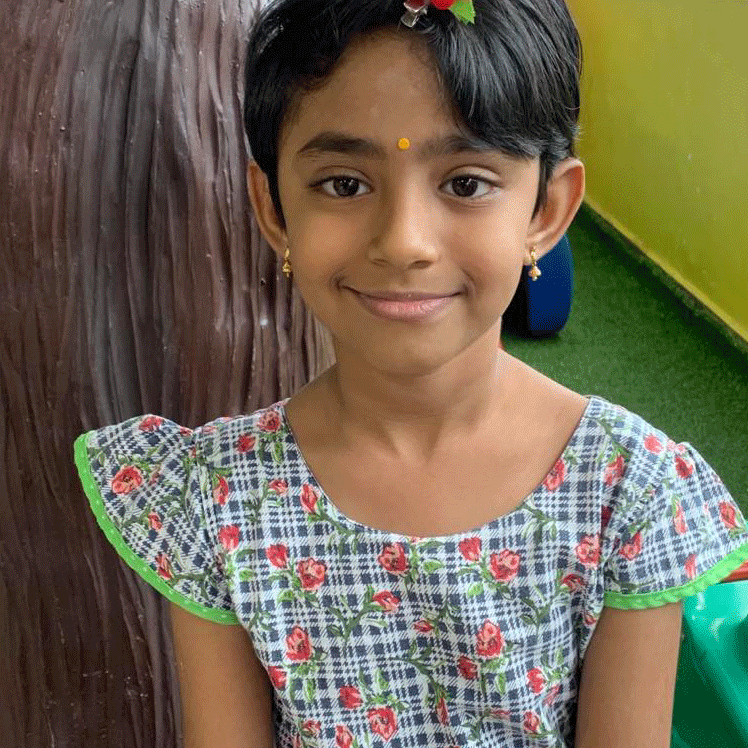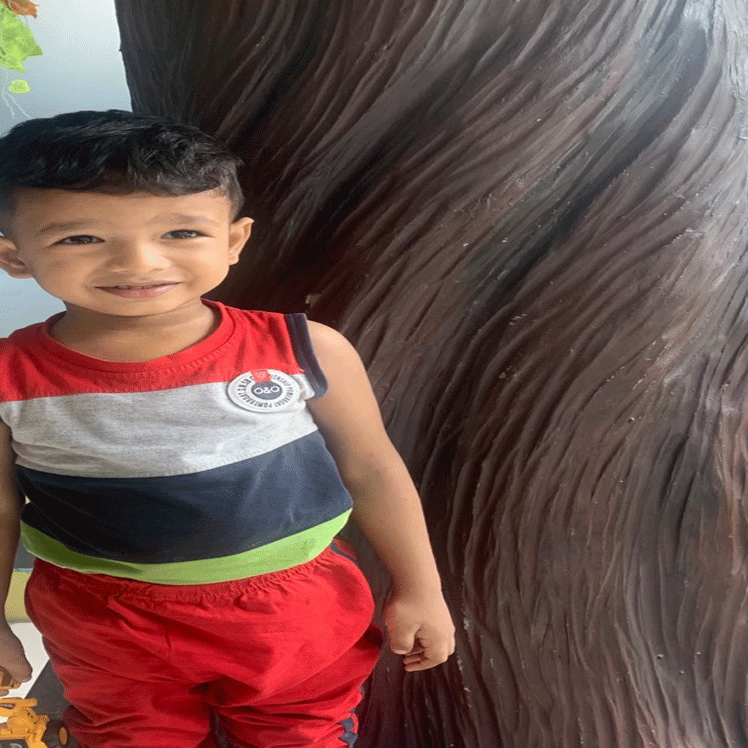Sedation
What Is Sedation?
Sedation is a technique to guide a child's behavior during dental treatment. Medications are used to help increase cooperation and to reduce anxiety or discomfort associated with dental procedures. Sedative medications cause most children to become relaxed and drowsy. Unlike general anesthesia, sedation is not intended to make a patient unconscious or unresponsive.
Who Should Be Sedated For Dental Treatment?
Sedation may be indicated for children who are unable to cope for dental treatment. Sedation can also be helpful for some patients who've special needs.
What Medications Are Used?
Various medications can be used to sedate a child. Medicines will be selected based upon your child's overall health, level of anxiety and dental treatment recommendations.
What Is Nitrous Oxide/ Oxygen Sedation (NOIS)?
Nitrous oxide is a blend of two gases - oxygen and nitrous oxide. A fitted mask is placed over the nose and, as the patient breathes normally, the gas enters the lungs. At the end of treatment, it is eliminated after a short period of breathing oxygen and has no lingering effects.
How Will My Child Feel When Breathing Nitrous Oxide/Oxygen?
Your child will smell a faint sweet aroma and experience a sense of well-being and relaxation. Since, it may produce a feeling of giddiness or euphoria, it is often called "laughing gas". Children sometimes report dreaming and their arms and legs may feel 'tingly'. It raises the pain threshold and may even make the time appear to pass quickly. If your child is worried by the sights, sound or sensations of dental treatment, he or she may respond more positively with the use of nitrous oxide/oxygen.
How Safe Is Nitrous Oxide/Oxygen?
Very safe. Nitrous oxide/oxygen is perhaps the safest sedative in dentistry. It is well tolerated. It has a rapid onset, is reversible, can be adjusted in various concentrations and is non - allergic. Your child remains fully conscious - keeps all natural reflexes - when breathing nitrous oxide/oxygen may also be used in combination with other sedative agents.
Are There Any Special Instructions For Nitrous Oxide/Oxygen?
First, give your child little or no food in the two hours preceding the dental visit (occasionally, nausea or vomiting occurs when a child has a full stomach). Second, do inform your pediatric dentist about any respiratory condition that makes breathing through the nose difficult for your child, as it limits the effectiveness of nitrous oxygen/oxide. Third, tell your pediatric dentist if your child is taking any medication on the day of the appointment.Make sure that your child”s bladder is empty before the procedure since there is a chance of involuntary urination amidst sedation.
Will Nitrous Oxide/ Oxygen Work For All Children?
Pediatric dentists know that all children are not alike. Every service is tailored to your child as an individual. Nitrous oxide/oxygen may not be effective for some children, especially those who have severe anxiety, nasal congestion, or discomfort wearing a nasal mask.The key to a successful sedation is making the child receptive to the mask and breathe through it.
What Are The Post Sedation Instructions To Be Followed?
The child is usually back to his/her normal self as soon as the N2O is withdrawn. Pediatric dentists retain the mask to allow inspiration of 100 % O2 for 2-5 minutes after withdrawing the laughing gas. Then the child’s oxygen saturation is monitored through “Pulse Oximeter” for a period of 15 minutes after which he/she can be sent home.
 Mon - Sun : 10am - 8pm
Mon - Sun : 10am - 8pm



